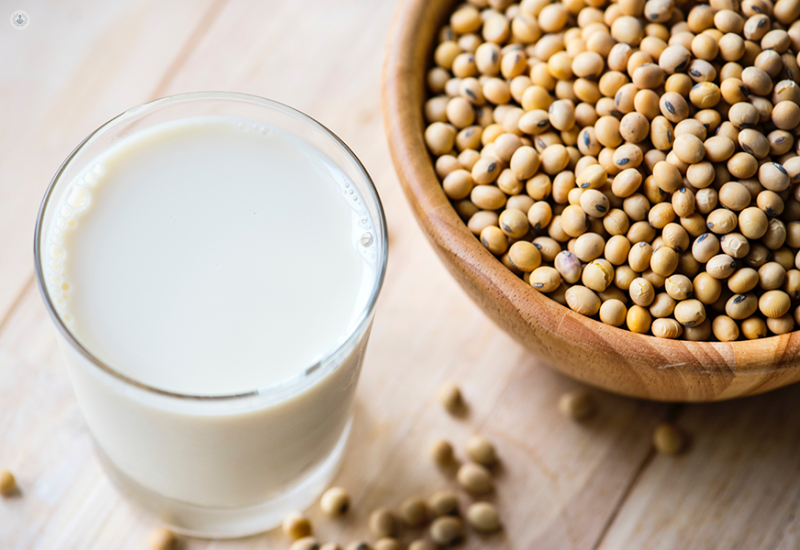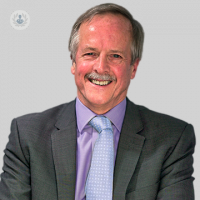Tackling osteoporosis : how to combat bone loss
Escrito por:From medication and nutrition to sunlight and exercise, there are many things you can do to tackle osteoporosis and strengthen your bones. Unfortunately, there’s a lot of information out there that can be misleading. Expert rheumatologist Professor David Reid is here to separate fact from fiction and explain what really does work in treating osteoporosis.

Medication: what works?
There are only a small number of medications which are approved by the regulatory authorities to treat osteoporosis.
The most common drugs for slowing the rate of bone loss are called bisphosphonates. There are different types available depending on how the drug is taken:
- Alendronic acid or Fosamax is taken by mouth once a week on an empty stomach.
- Zoledronic acid is injected once a year for three years
- Denosumab , or Prolia is a non-bisphosphonate injected under the skin
For those who have the most severe osteoporosis with multiple fractures, bone-building drugs can be used. The most common of these (and the only one available in the UK at the moment) is a drug called teriparatide. But a new drug may well be coming onto the market early in 2019, which will be a considerable advance in this regard.
Finally, another drug for ladies just past the menopause – that is, in their 50s – is hormone replacement therapy. This helps to maintain your oestrogen levels and combat some of the bone loss that can occur. An oestrogen-like drug, raloxifene or evista, is always available.
What should I eat?
In terms of preventing osteoporosis, you can't prevent loss of bone entirely by diet alone –exercise is also important.
But if you already have osteoporosis, then it is important to maintain good nutrition. The main aim is making sure you are taking is sufficient calcium to get into your bones.
Calcium comes from a wide variety of sources, but is particularly present in dairy products including milk and cheese. It's important to note that if you have to take so-called milk supplements or milk alternatives such as soya milk or almond milk, these are almost always supplemented with calcium.
However, ingesting calcium is not enough on its own. You also need vitamin D to help your body actually absorb the calcium, or it will simply pass through your system.
You get vitamin D from meat, oily fish and some other products such as margarine, but importantly, you get vitamin D from sunshine and sunlight. So it's important to get a little bit of sunlight and sun exposure to keep your vitamin D levels satisfactory.
What exercise should I do?
In living with osteoporosis, it really depends on whether you already have had a fragility fracture or whether you're trying to avoid having one.
If you don't have a fragility fracture, then weight bearing exercise, stressing the bones with walking, gentle jogging and some exercises for your spine will be a help in reducing the rate of bone loss.
For people who already have osteoporosis, you may have had fractures or breaks in the bones in your spine and have become shorter as a result. This is particularly common in older women. If this is the case for you, it’s very important to do some exercises for the spine and these are called back extension exercises. These can be taught by a physiotherapist, or at times you can find exercises to follow on YouTube.


